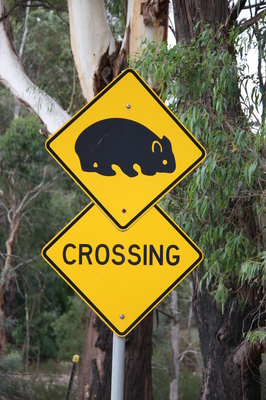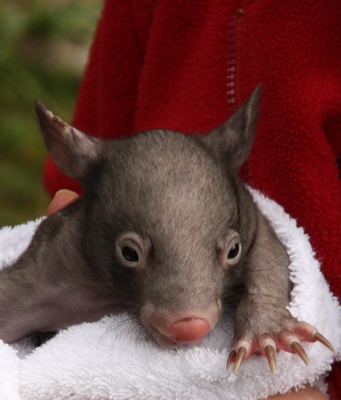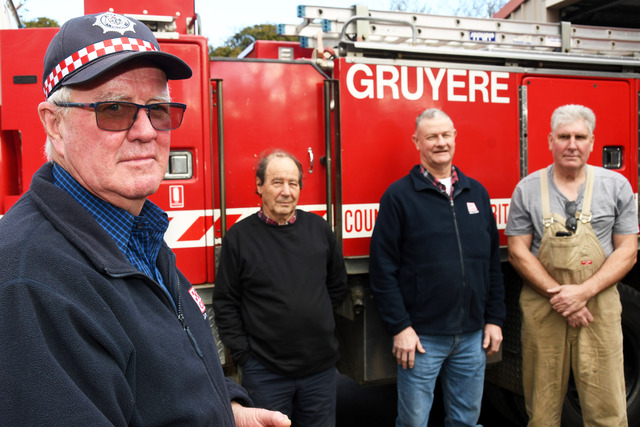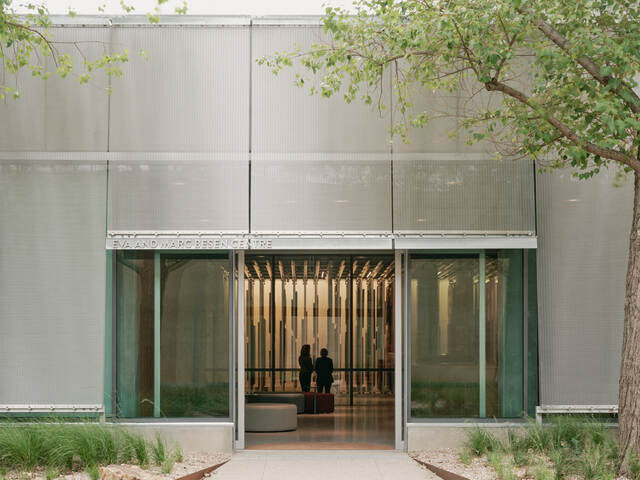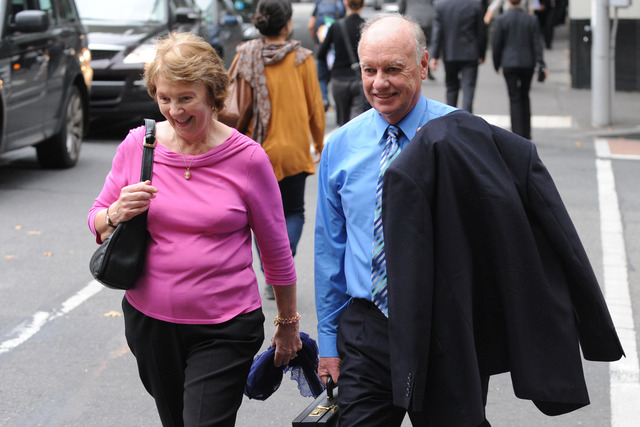Healesville Sanctuary has treated 82 wombats in the past 12 months, and around half are due to road trauma.
As they deal with a winter spike in the number of wombats and joeys being treated at their Australian Wildlife Health Centre, the Sanctuary is asking motorists to be extra alert for wildlife that have strayed onto roads.
This winter alone, the wildlife veterinary team has cared over 30 wombats and their young, and there’s still plenty of chilly weather on the horizon.
Healesville Sanctuary Director Ross Williamson said the increase in wombat cases coincided with the breeding season.
“Continual urban expansion is bringing people and wildlife into contact more and more
Regularly,” Mr Williamson said.
“This means wildlife can be found sometimes even in unexpected areas, particularly during breeding season when animals tend to move around more as they try to find a mate.
“At this time of year, roadside vegetation is often lush and fresh due to water run-off from the road, which makes it an attractive grazing option for wildlife. And dawn and dusk are real hot spots for animal/car incidents as this is when most of our native wildlife are most active and our visibility is reduced.”
Zoos Victoria is asking motorists to take preventative action to help avoid colliding with wildlife including being especially watchful at dusk and dawn and slowing down for wildlife on the road.
“Wildlife have a strong flight response when scared and the sight and sound of a vehicle may trigger this response,” Mr Williamson said.
He said that headlights can ‘blind’ native animals so when motorists see a group of animals on the roadside their best bet is to slow down to a safe braking speed to pass them.
Another cue is that as animals often gather and travel in groups, one animal can be a sign of
others nearby.


